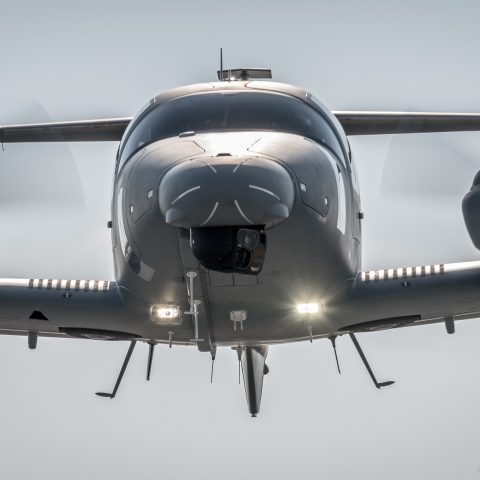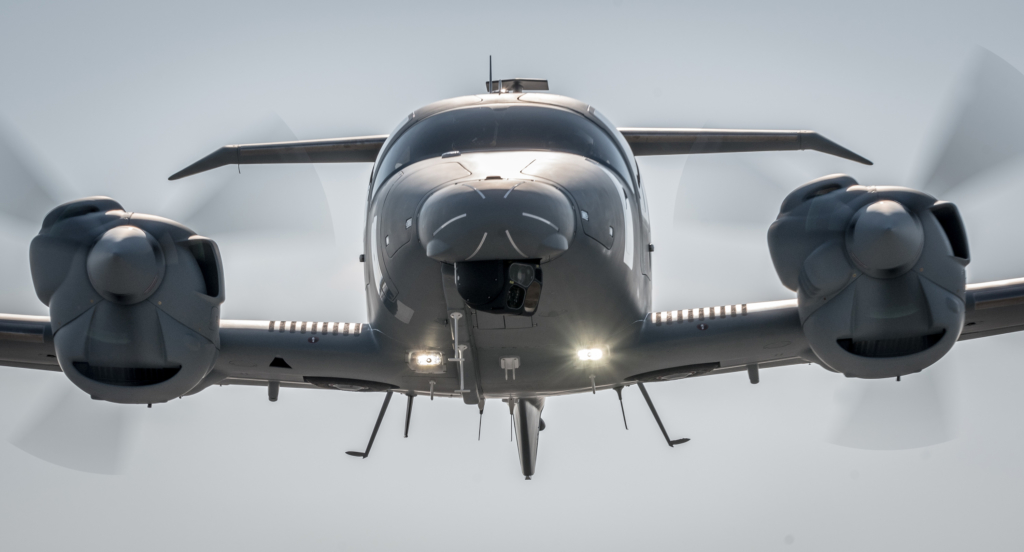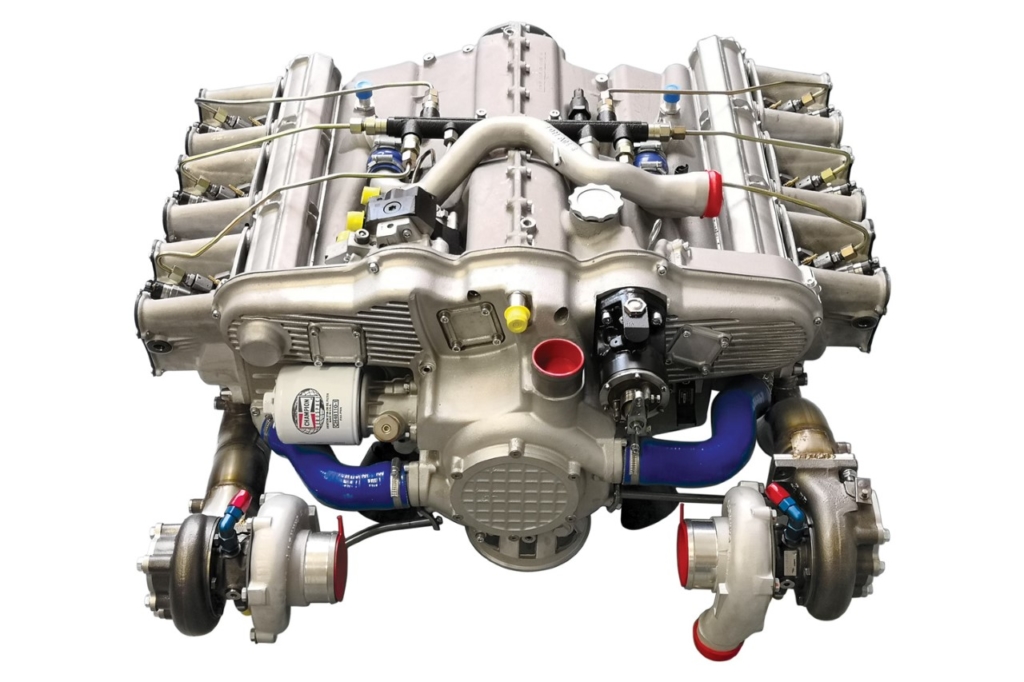CMD Avio working for diesel in aviation
The CMD Avio division is CMD‘s pride and joy, so much so that Loncin is greedy. And it is also thanks to the investments made by the Chinese parent company that the GF56 project has finally taken off. We publish here the first part of the long interview conducted by our collaborator Alberto Scalchi to Paolo […]

The CMD Avio division is CMD‘s pride and joy, so much so that Loncin is greedy. And it is also thanks to the investments made by the Chinese parent company that the GF56 project has finally taken off. We publish here the first part of the long interview conducted by our collaborator Alberto Scalchi to Paolo Caso, Avio Department Director at CMD. The following parts will be published later on.

Since the times of the legendary Junkers Jumo and Napier Nomad, every time we talk about diesel engines for aviation, we hope it will be the right time. How do you see, at CMD Avio, the market prospects for the GF56?
The GF56 project was born in the early 2000s. It was a period of great ferment for diesel in aviation and similar initiatives were multiplying. Two reasons, in particular, pushed companies to invest: the electronically-controlled direct injection technology (common rail) coupled with turbo-overcharging and the idea that aviation gasoline would disappear or at least increase in price, because it was a niche product from refineries with very low volumes.
The first reason finally made it possible to create light diesels, or rather, to reach an adequate value for modern aviation of the power-to-weight ratio. The second pushed to create products with lower operating costs (transport diesel and aviation kerosene were much cheaper, in addition to the fact that the Diesel cycle allows much lower specific consumption).
The diesel then failed to keep its promises for several reasons, not least the difficulty of certifying aeronautical products that many newcos have been unable to overcome except by ‘lowring’ the performance initially promised.
CMD has also had to overcome several difficulties about obtaining the ‘certification’, but we are currently on the right track. Loncin Motors, CMD’s new owner, immediately believed in the GF56 project and approved investments in human resources and tools, based above all on a great demand for this type of engine coming from the Chinese domestic market.

The choice of the 6-cylinder boxer, besides precise engine requirements, confirms as CMD, with the GF56, points to retrofit Continental- and Lycoming-powered aircrafts. How are you moving with the new one?
From the very first moment we focused on the type of best-selling aircraft in general aviation with piston engines and, as a reference aircraft, we have taken on the Cirrus SR-22, thus aiming for a retrofit of the Continental engine. The choice of architecture and weight requirements was undoubtedly made with reference to the Lycoming and Continental engines. All the mechanics and fluid dynamics, instead, are managed by CMD and completely independent from the existing motors. In our opinion, they have huge advantages that will be competitive also in the future market.
So, the configuration is quite classic: air cooling has been abandoned for liquid cooling. Nevertheless, the weight has remained low. What are the main advantages and disadvantages of this choice? Also considering that, in some countries, air cooling is associated with ‘fewer problems’.
Air-cooled engines are undoubtedly simpler and, in aeronautics, they are the result of very old-fashioned designs (first post-war in many cases) where the mantra ‘what’s not there doesn’t break’ was obsessive.
The GF56 is instead a third millennium project aimed at incorporating all the available innovations while trying to follow an aeronautical philosophy. The electronic control of the injection associated with the turbocharging and the level of reliability of the components, excluded since the very beginning a different choice from liquid cooling that makes it possible, unlike air cooling, to have a complete control of the thermal load to be disposed of and above all allows the optimal cooling management when the altitude changes.
Moreover, with a view to a potential increase in engine power, it was necessary to minimize any constraints due to the disposal of thermal power.
(To be continued…)









